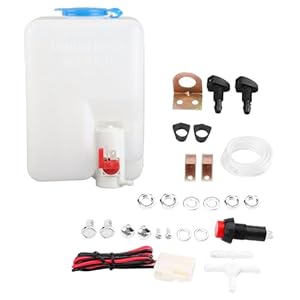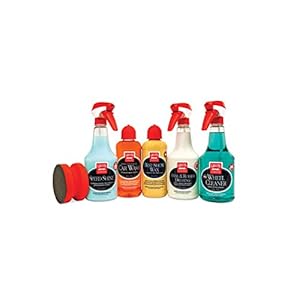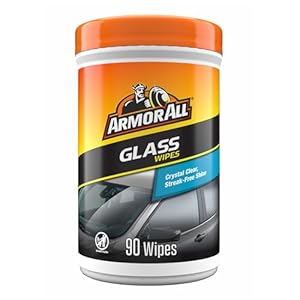
When it comes to cleaning and polishing your car wheels like a pro, the key lies in the details. From selecting the right tools to mastering the proper techniques, achieving that flawless finish requires precision and patience. Imagine the satisfaction of seeing your wheels gleam with a mirror-like shine, reflecting the dedication you put into maintaining your vehicle’s appearance. So, are you ready to elevate your car care routine and transform your wheels into a polished masterpiece?
Essential Tools for Wheel Cleaning
To effectively clean your car wheels, gather the essential tools required for the task. Start by making sure you have a bucket, wheel cleaner, tire brush, wheel brush, microfiber cloths, gloves, and a hose with running water.
The bucket will be used for mixing the wheel cleaner with water and for rinsing your tools. Wheel cleaner is crucial for removing brake dust and grime, while the tire brush helps scrub the tires clean. The wheel brush is designed to clean intricate wheel designs and tight spaces effectively. Use microfiber cloths to dry the wheels thoroughly and prevent water spots.
Wearing gloves will protect your hands from harsh chemicals in the cleaners. Finally, the hose with running water is essential for rinsing off the wheels after cleaning. Having these tools at hand will make your wheel cleaning process efficient and ensure your car wheels shine like new.
Step-by-Step Wheel Cleaning Process
Begin by preparing your bucket with a mixture of wheel cleaner and water before starting the wheel cleaning process. Make sure to use the recommended dilution ratio for the wheel cleaner to ensure effective cleaning without damaging the wheels.
Start by rinsing the wheels with water to remove loose dirt and debris. Then, apply the wheel cleaner generously, making sure to cover the entire surface of the wheel, including the spokes and inner barrel.
Use a wheel brush to agitate the cleaner and scrub the wheel thoroughly. Pay extra attention to areas with brake dust buildup. Rinse the wheel again to remove the loosened dirt and cleaner residue. Repeat the process for each wheel on your car.
After cleaning all the wheels, dry them using a microfiber towel to prevent water spots. Inspect the wheels to ensure they’re clean and free of any remaining dirt or grime. Now your wheels are ready for the next step in the polishing process.
Choosing the Right Wheel Polish
When selecting the appropriate wheel polish, consider the specific material and finish of your car wheels for optimal results. Different wheel polishes are designed for various wheel materials such as chrome, aluminum, or painted wheels. For chrome wheels, opt for a chrome-specific polish to prevent damage to the delicate surface. Aluminum wheels may require a gentler polish to avoid scratching or dulling the finish. Painted wheels should be treated with a polish that’s safe for painted surfaces to maintain their shine without causing discoloration.
It’s important to choose a wheel polish that matches the finish of your wheels. High-gloss finishes may benefit from a polish with wax for added shine and protection, while matte finishes should be treated with a non-abrasive polish to avoid altering the matte look. Additionally, consider any specific issues your wheels may have, such as oxidation or water spots, and select a polish that addresses these concerns for a thorough cleaning and polishing process.
Expert Tips for Wheel Polishing
Consider these expert tips to ensure a successful wheel polishing process that enhances the appearance of your car wheels and maintains their quality over time.
Start by thoroughly cleaning the wheels to remove any dirt or debris that could scratch the surface during polishing. Use a dedicated wheel cleaner and a soft brush to reach into crevices.
Before applying polish, make sure the wheels are completely dry to avoid water spots. When selecting a wheel polish, opt for a high-quality product that matches the type of wheels you have, whether chrome, aluminum, or painted.
Apply the polish using a clean microfiber cloth or applicator pad, working in small sections for even coverage. Allow the polish to haze before buffing it off with a separate clean cloth.
To ensure long-lasting results, consider applying a wheel sealant or wax after polishing to protect the finish from brake dust and environmental contaminants.
Regularly maintain your polished wheels by cleaning them with a gentle wheel cleaner and reapplying polish as needed for a showroom-worthy shine.
Automotive & Tools














